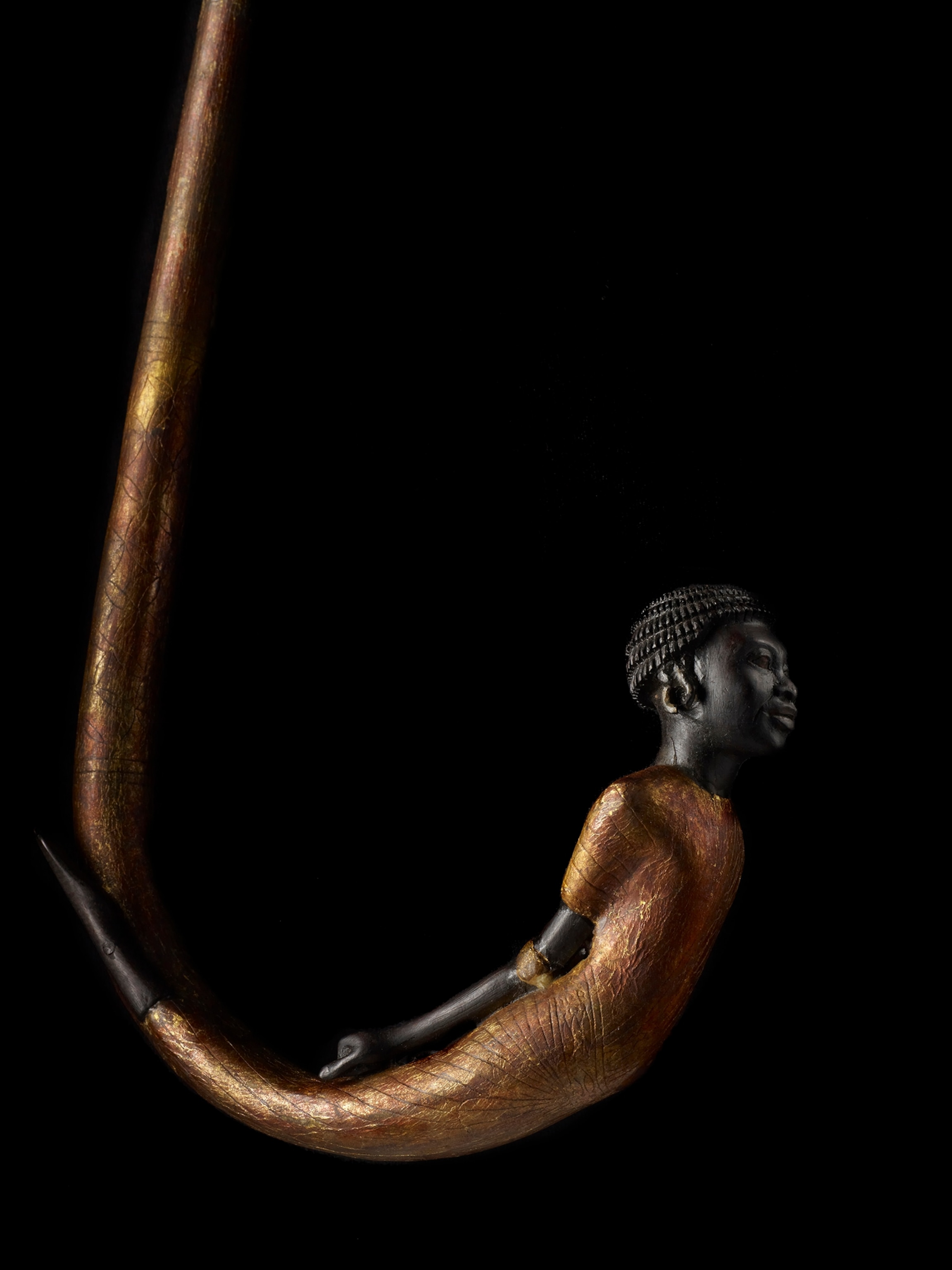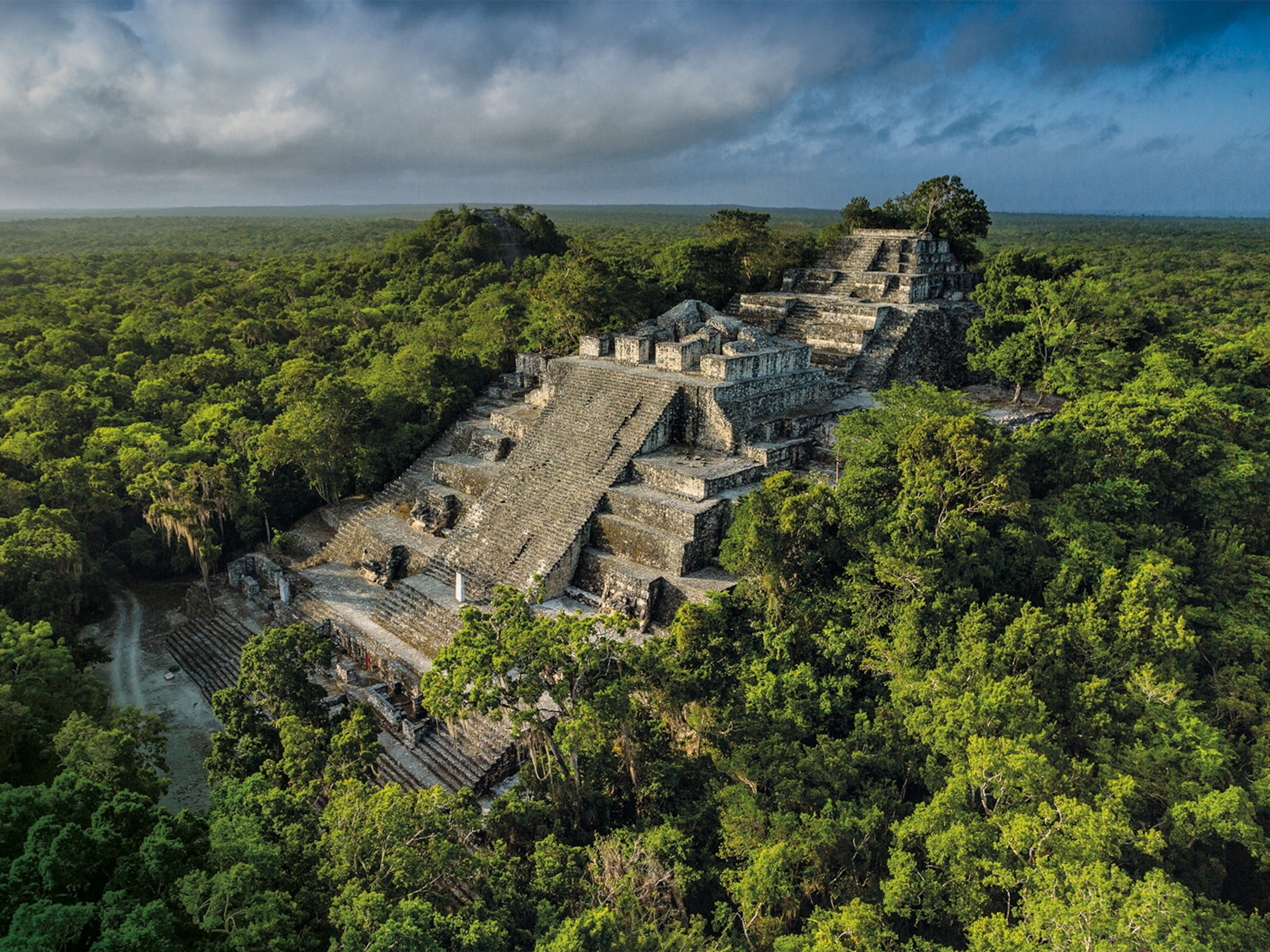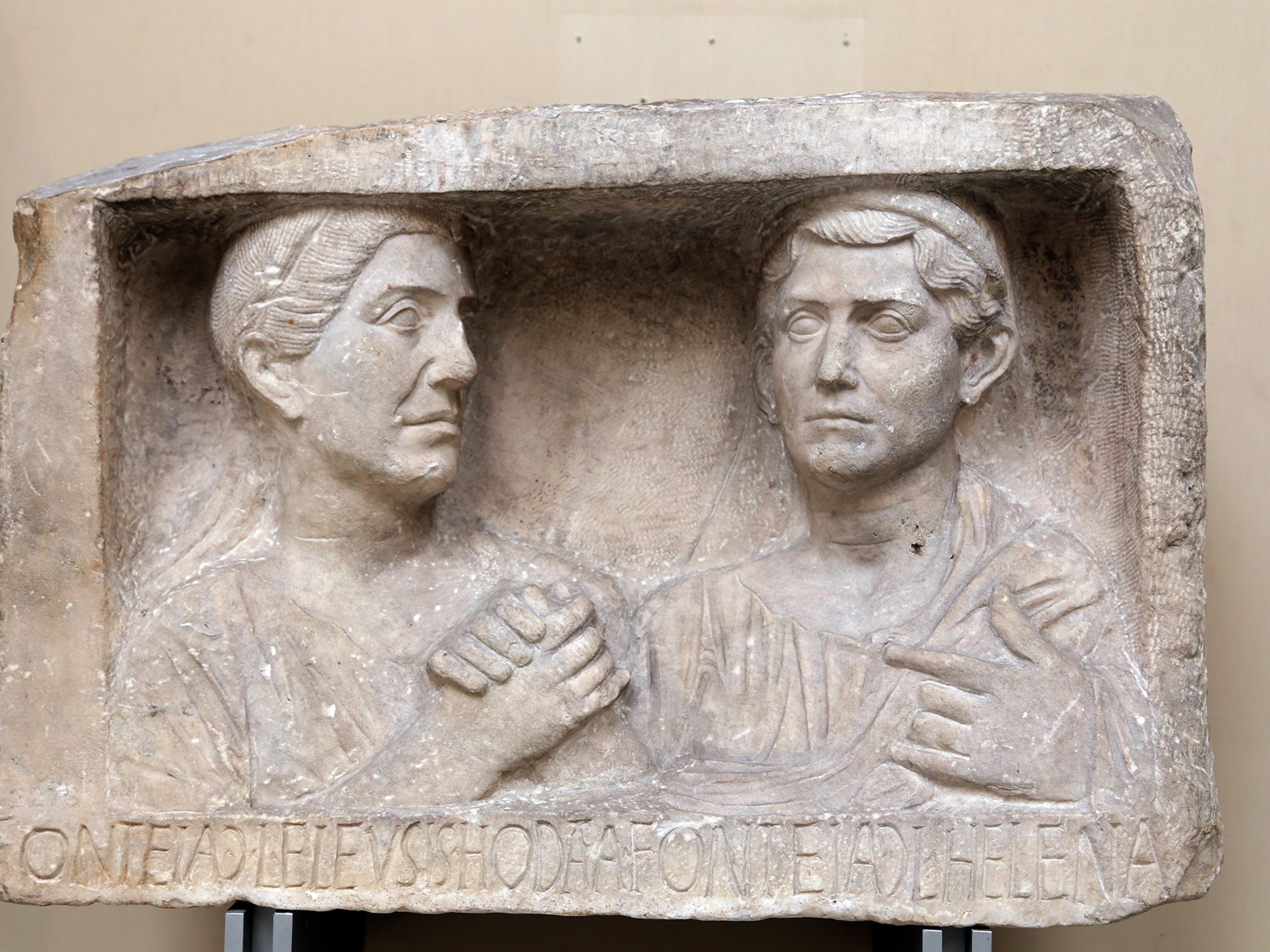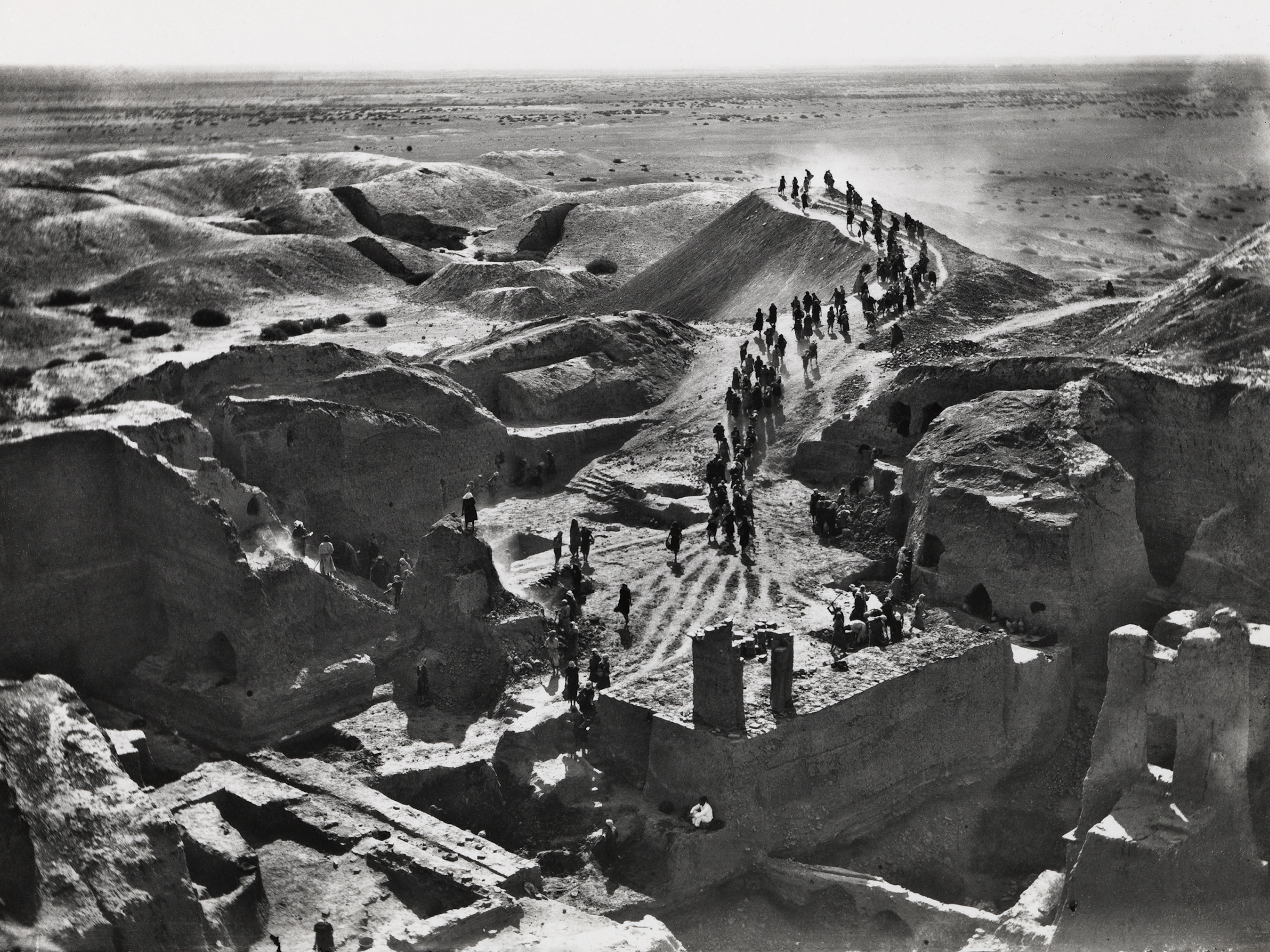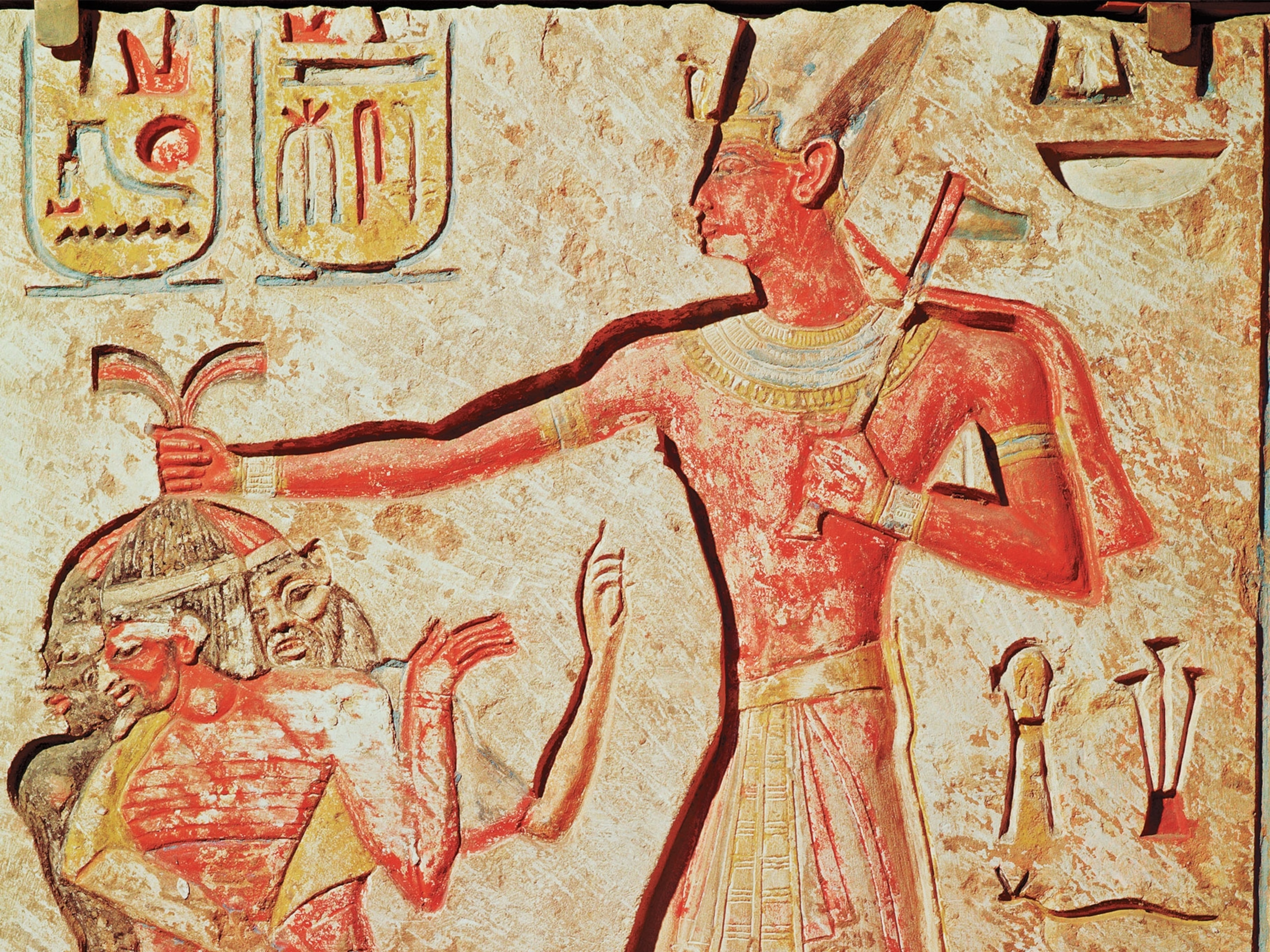
Britain's Dark-Skinned, Blue-Eyed Ancestor Explained
Thanks to technological advances, scientists can see ancient DNA in new detail.
A recent facial reconstruction of a 10,000-year-old skeleton called the "Cheddar Man" has revealed a man with bright blue eyes, slightly curly hair, and dark skin.
"It might surprise the public, but not ancient DNA geneticists," says Mark Thomas, a scientist at the University College London.
That's because a new analysis of the ancient man's DNA proves he's genetically similar to other dark-skinned individuals from the Mesolithic era found in Spain, Hungary, and Luxemborg whose DNA has already been sequenced. The new revelation places the Cheddar Man among a group of hunter-gatherers that are thought to have migrated to Europe at the end of the last Ice Age some 11,000 years ago.
(Blue-Eyed Hunter-Gatherers Roamed Prehistoric Europe, Gene Map Reveals)
The Cheddar Man earned his name, not because of his fondness for cheese, which likely wasn't cultivated until around 3,000 years later, but because he was found in Cheddar Gorge in Somerset, England (which is, incidentally, where cheddar cheese originates).
Thomas is part of a large team that worked with London's Natural History Museum to reconstruct the Cheddar Man's face.
They started the reconstruction by taking measurements of the skull.
"He had a thick, heavy cranium and a relatively light jaw," says Thomas.
Researchers then sequenced the Cheddar Man's entire genome. He's the oldest British individual whose genes scientists have mapped. From the sequence, they learned skin color, eye color, and hair type.
Finally, to bring the Cheddar Man to life, experienced Dutch model makers Adrie and Alfons Kennis used 3D scans and printing to add the "flesh" to his reconstructed bones.
Creating Color From Ancient Genes
It's thanks to new sequencing technology that researchers can sift through vast quantities of data, says Thomas. This allowed the team to get a clear idea of what the Cheddar Man looked like.
The genes that determine skin color are mapped across various chromosomes, says Miguel Vilar, the science manager for National Geographic's genome project. Vilar was not involved in the reconstruction but says scientists would have had to look at billions of data points, something we have previously been unable to do with ancient DNA.
New DNA sequencing techniques make those scattered chromosomes easier to read, he says.
"It's like taking an ancient book and looking at a whole chapter, versus looking at single word. Now we can read full paragraphs."
"Eye pigmentation is determined by a specific gene and a particular variant in the gene," says Thomas. "For skin there are a number of variants."
How and when Britons developed lighter skin over time is unclear.
"We think it's because light skin allows for more UV radiation, which helps break down vitamin D," says Vilar. In more temperate regions, where ancient humans were less exposed to sunlight, they would have needed to absorb more radiation to break down the essential vitamin needed for healthy bones.
"In my view, that's the most robust theory for skin pigmentation," says Thomas. "But it doesn't explain eye pigmentation. There are other processes that go on. It could be sexual selection. It could even be something else we don't yet understand."
Another theory put forth in a 2014 study suggested that as humans began cultivating farms, their diets became less diverse and thus they would have needed to absorb more vitamin D from the sun.
Today, he adds, modern diets help people consume vitamin D without sunlight exposure.
Determining skin color is only a minor part of the project, says Thomas. Researchers are looking more broadly at how dietary changes and exposure to pathogens influenced populations over the last ten thousand years.
Their research will the subject of a documentary on the UK's Channel4 network airing later this month.
"If you can measure changes in genetic variances over time," he adds, "You can catch evolution as it happens."



